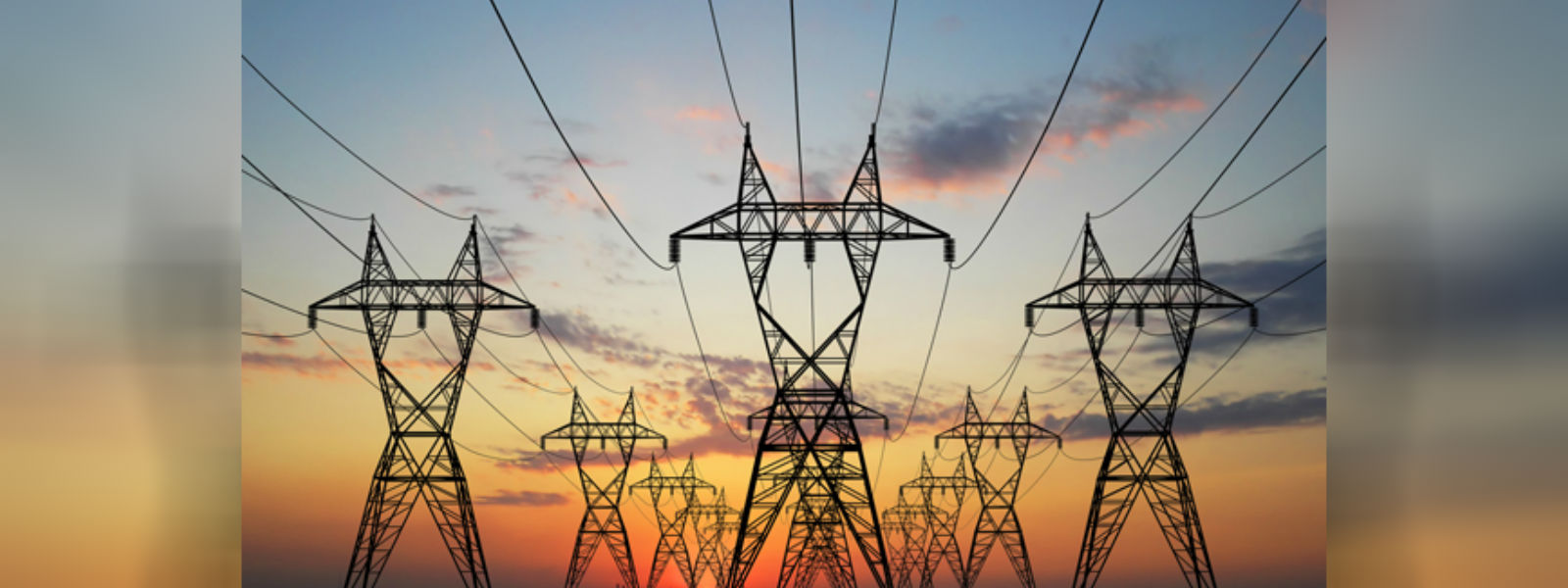.webp)

Underutilization of renewable energy
Colombo (News 1st): The Pearl of the Indian Ocean, Sri Lanka is blessed with an unlimited and untapped supply of renewable energy resources. But unfortunately a lack of proper management of these resources, the general public is forced to suffer due to intermittent power outages that disrupt their day to day lives.
Over the last few years, authorities have been urging the public to use electricity sparingly to avoid power cuts as the drought period sets in especially during the month of March.
According to the Ministry of Power and Energy, Sri Lanka's national electricity grid is currently supported with 25% of hydropower energy, 73% of thermal energy which includes 45% from coal, and 2% of wind and solar energy. Coal power stations have been mired in controversy mainly due to health and environmental concerns.
With Sri Lanka using just 27% of renewable energy sources despite having a plethora of such options the question arises as to whether such resources are being used in a fruitful manner.
Director-General of the Sri Lanka Sustainable Energy Authority Dr. Asanka Rodrigo noted;
"When we look at the solar resources actually we have more than 200,000 capacity in Sri Lanka. But when we look at the land availability and other matters, we expect that we can explore something like closer to 20,000 Megawatt of solar capacity in Sri Lanka. Biomass, we have something like 150 Megawatt capacity. The overall wind capacity is estimated at 170,000 Megawatts. Barrier with renewable energy is that there will be intermittency. There are technical solutions to this problem also. By incorporating those technical solutions we can easily connect more and more renewable energy to the network."Sulakshana Jayawardana of the Ministry of Power and Energy expressed the following views.
"CEB has proposed to connect 300 Megawatts for a shorter period to provide uninterrupted continuous power supply under government policy. CEB has planned to extend 100 Megawatts of previous year power generators for another six month period and also to follow the tendering process which is already finalized. For demand-side management, we continuously request electricity customers to minimize or prevent any unnecessary wastage of electricity, and also to use efficient appliances and also to draw attention on efficient usage of electricity."Recently, the Cabinet of Ministers approved a proposal to install LNG, Hydro and Solar energy plants and to accelerate such ongoing constructions. Meanwhile, a bright young mind from Sri Lanka has made a discovery on how to generate renewable energy using sea waves. Uditha Sandharuwan noted;
"Many developed countries in the world are conducting extensive research to discover such a technology, but the techniques that they discovered have not been successful. I can responsibly state that compared to the system that I have designed those models are at a very primary level. We have to cover a distance of 1 km from the wave, but the cost to do that is very low. Through this design, the kinetic energy of the waves will be converted to renewable energy, which will generate electricity. In other countries, they use sea currents to generate electricity. They use kinetic energy to generate power but here we will be using the entire energy stored in the wave to generate power."Meanwhile, Cabinet of Ministers has granted approval to procure 100MW additional power capacity through competitive bidding. The 100MW capacity is expected to be institutionalized for Pallekele, Hambantota, Horana, Galle, Mahiyanganaya, and Polonnaruwa. The cabinet has also approved the plans to send fuel invoices directly to Ceylon Electricity Board by Ceylon Petroleum Corporation, and not making payments to respective companies, as these companies are reluctant to enter into to fuel supply agreement with CPC. While understanding that the completion of such projects would require some time, whether or not the public will have to experience power cuts next month remains a question.
Other Articles
Featured News





.png )
-776075_550x300.jpg)







-775770_550x300.jpg)
-775764_550x300.jpg)


















.gif)